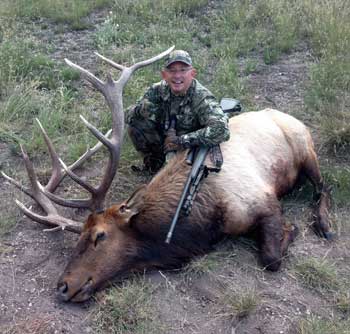Jeff Dennis
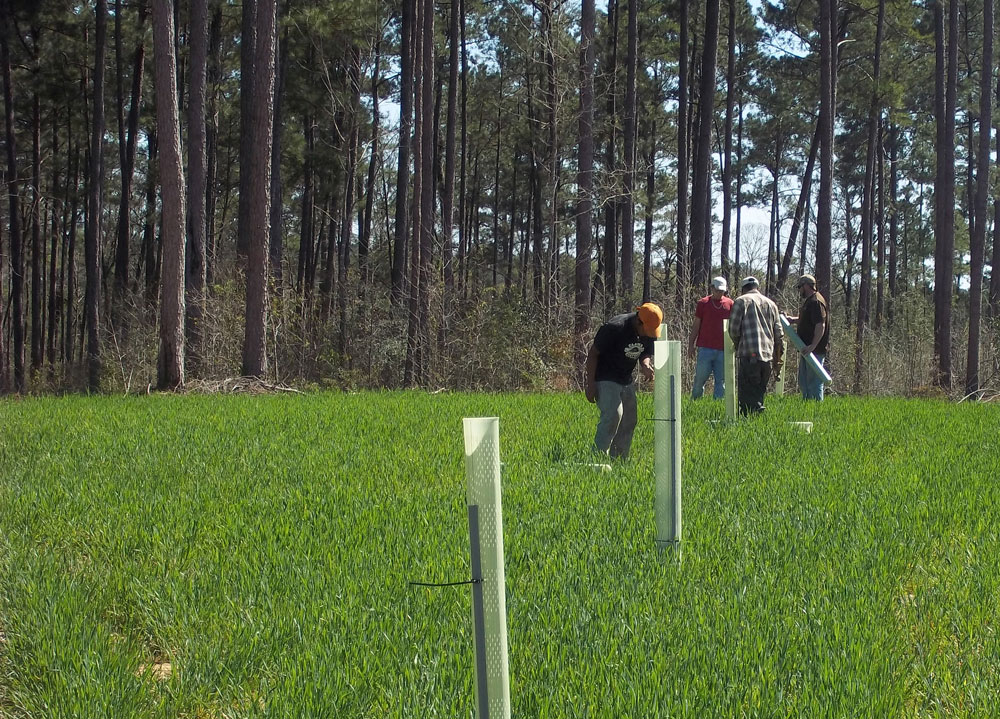
Many times the most revealing habitat management advice comes from someone who is visiting your property, inadvertently providing a fresh look at current conditions on the ground. In the big picture, the rural landscape in the Southeast is changing, with a distinctive lean towards pine plantations, sometimes including hardwood conversion. Planting a hardwood tree plot makes a commitment toward a long-term annual mast crop, and creates some peace of mind that game animals seeking hardwood shelter won’t pass over your habitat.
Why plant trees when the proverbial “low-hanging fruit” would be more traditional agricultural plantings? That is a tough question to answer and from my point of view, the answer came after years of tweaking management plans. I have shared with GameKeepers’ readers before that trial and error should play out in whatever you are managing for, as it’s a surefire method to find out what succeeds and what doesn’t work.
Having experimented in the past with random hardwood plantings in woodland areas where I simply thought they would look nice, I found out the hard way that the soil must include a certain level of moisture content, or else you invite failure. So the first step to identifying a good area for a tree plot might be to work adjacent to, or inside a hardwood bottomland area. Many counties offer GIS (geographic information system) mapping references online now, and simply clicking on the topography link allows you to view a historical depiction of these areas on your property.
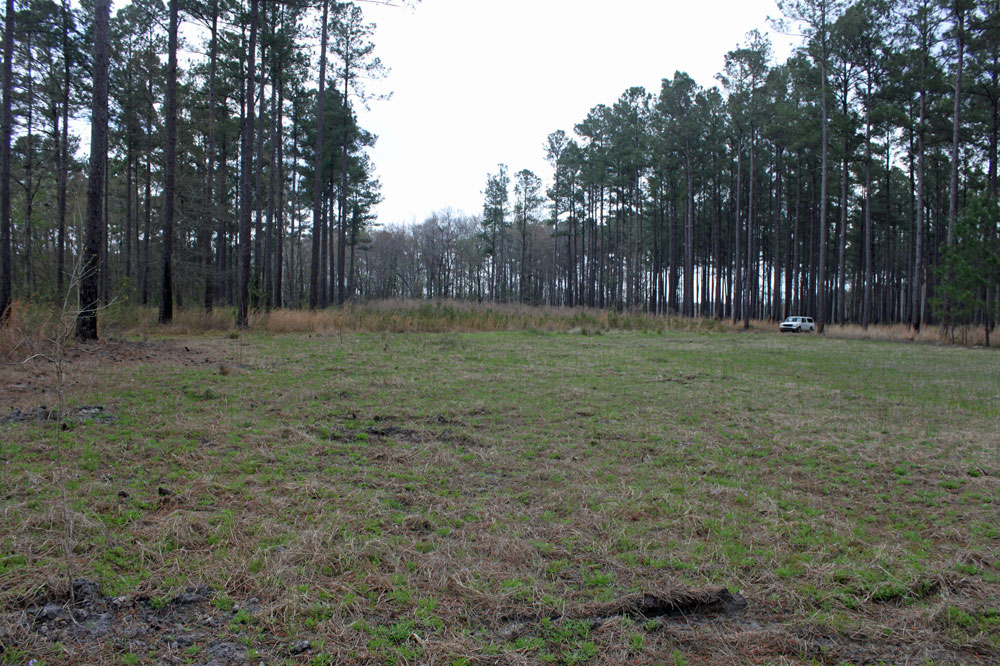
My tree plot story is a direct result of timber management, which is usually at the top of any landowners long-term goals. The maturing pine trees that were thinned were a mix of planted pines and volunteers, and the area had received herbicide treatment for sweet-gum control and a regular regime of prescribed fire. The log deck that was created wasn’t adjacent to a hardwood bottomland area, but it was near two drains that ran parallel to each other, with water running downhill between the two in the middle of what I call the “island tract of pines.”
The lower of those two drains contains a creek that comprises headwaters that eventually flow into a nearby river, and a small head of hardwoods extends from that creek up towards the other drain, without reaching it. When looking at this formation on an aerial map it always appears to me that it could have once extended towards the other drain, or at least led to more hardwoods. Instead, the aforementioned pine stand has occupied that middle ground all of my years and I can only hypothesize that there may have been some type of riparian zone in place generations ago.
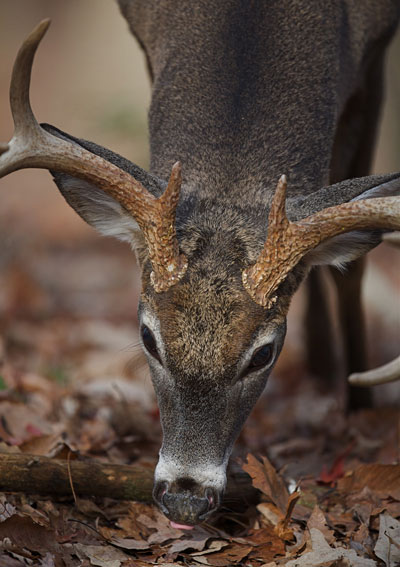 After taking classes on wildlife management, I vowed to take the log deck and convert it into a food plot when it was first created. We already have some agricultural fields in the area, so this was more about creating a wildlife opening in the forest and providing variety on the menu for wildlife. This process is not fast, since you can either wait for the pine tree stumps to rot out, or you can dig them out with a backhoe. In either case, tree bark or other logging debris can make the area inhospitable for initial plantings.
After taking classes on wildlife management, I vowed to take the log deck and convert it into a food plot when it was first created. We already have some agricultural fields in the area, so this was more about creating a wildlife opening in the forest and providing variety on the menu for wildlife. This process is not fast, since you can either wait for the pine tree stumps to rot out, or you can dig them out with a backhoe. In either case, tree bark or other logging debris can make the area inhospitable for initial plantings.
After a series of successive years with successful food plot crops, which included sorghum one year and chufa for two years, my game camera surveys confirmed that not much wildlife was using the plot. I saw from turkeys scratching from time to time that darker, richer dirt was in the plot, in contrast to a lot of the sandy-loam soil that courses through much of our upland areas. Amazingly, the resolve to go with a tree plot in this area was still not yet in my mind.
One day an older and much wiser land manager rode through the island tract with me on the way to look at something unrelated to tree plots. We encountered a flock of young turkeys, where the jakes and the hens are in the teenager phase and look similar to one another. He turned to me and said, “One thing is for sure; they are here to eat something, and it’s probably acorns.” That’s when the light switch turned on for me, that the darker soil in the log deck plot might signal the presence of moisture content that flows between the parallel drains.
I already had some oak tree seedlings in pots near my tractor shed that were just waiting to be planted. These trees consisted of half white oaks and half swamp chestnut oaks. I secured a mini-excavator from a friend and made my weekend of planting work just a touch easier.
To be clear, this new tree plot does not connect the two hardwood drains, but it has a chance to provide some hardwood linkage between them. In the longer term, maybe this is the start of restoration for a riparian corridor from long ago.
While I went with a local source for hardwood seedlings, I would trust Mossy Oak’s Nativ Nurseries to assist my next planting. GameKeepers with similar endeavors can rely on Dudley Phelps and his team of foresters and biologists who are ready to answer the phone with any questions about individual management goals. Nativ Nurseries is ten years old now and they are building a solid reputation for providing “rapid mast seedlings” for those looking for acorn production sooner rather than later.
“I don’t really have a favorite or best tree to recommend,” says Phelps. “When we give input we try to help the customer based on their goals and what might perform best in their area. To me, the best scenario is to plant a range of species that will then drop mast over the longest possible duration. For example, Red Mulberry begins dropping in May and Nuttall Oak is dropping into early March. Sawtooth Oak is great for early production, but they drop acorns very early in the year and are completely done after that.”
Any plan to plant a tree plot of a range of oak species is a valid one, and it may also minimize any natural acorn production ups and downs that occur. Some years certain trees provide a bumper crop of acorns, and then every once in a while they have a year where they fail to produce, usually due to climactic conditions such as drought. In general, it is not for man to understand these acorn crop failures, but planning for the long term is part of the mental exercise of committing to a tree plot.
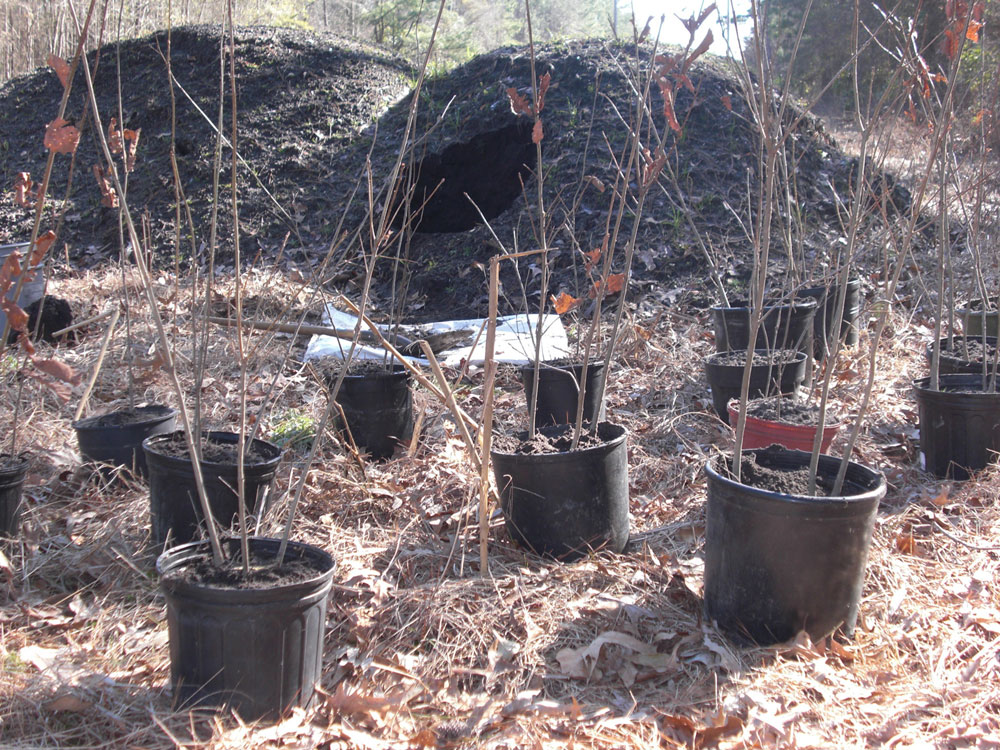
Visiting the Nativ Nuseries website reveals a wealth of information for the newbie who may want to learn the history and passion behind Mossy Oak’s desire to get people closer to nature. Learn how these aren’t just ordinary trees, rather they are genetically advanced varieties with preferred traits like taste, vigorous growth and abundant mast production. Hybrid oaks are also on the menu at Nativ Nurseries, along with other options to ensure that Mother Nature will provide food for your wildlife for years to come.

















